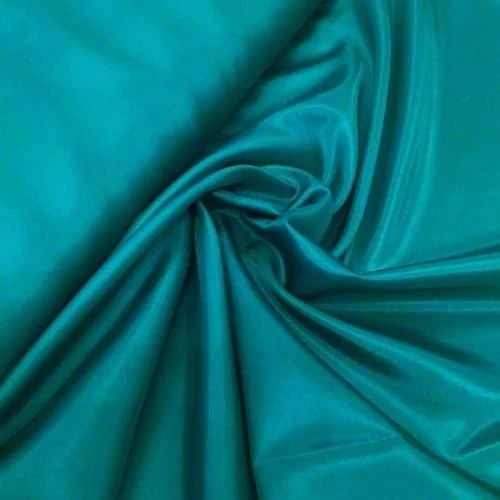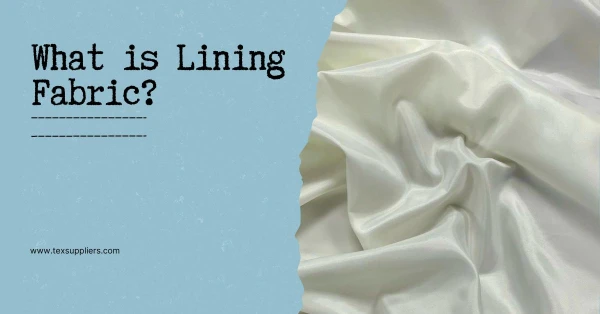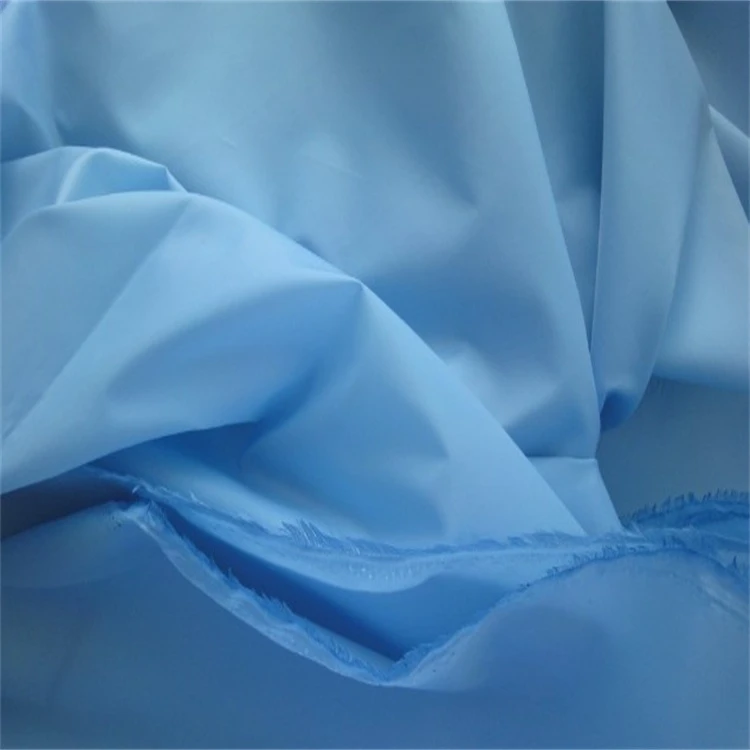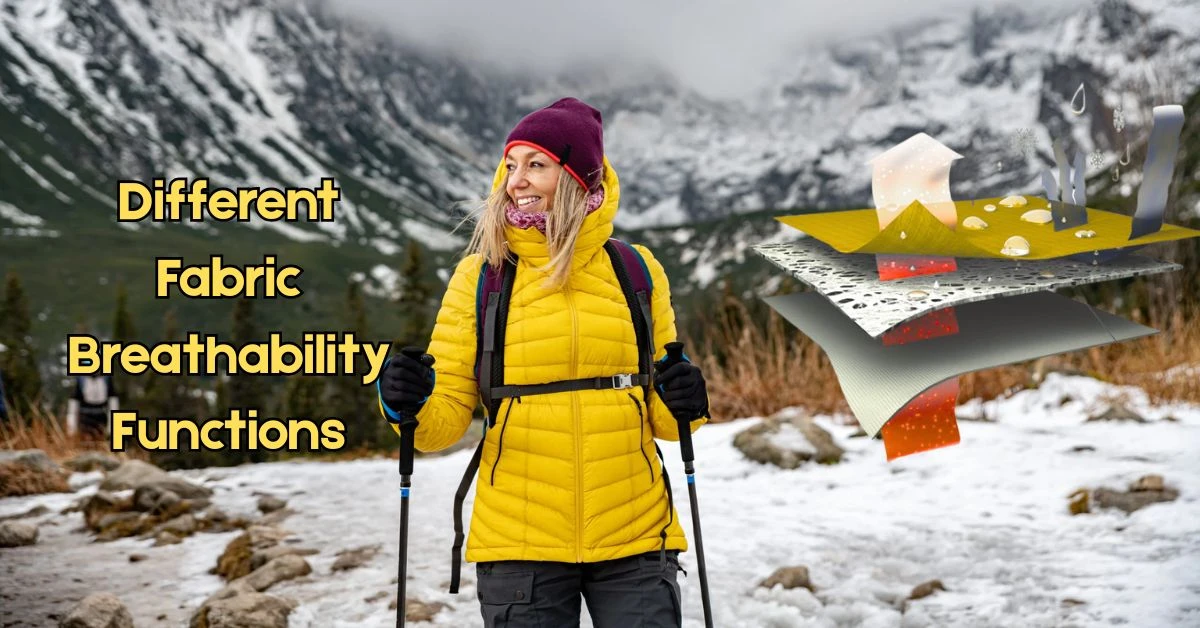Table Of Contents
Lining fabric
A lining is an inner layer of fabric or other materials used inside garments, headgear, luggage, curtains, handbags, and other similar products to support the shell or main fabric.
Learn More: Difference between Shell Fabric and Lining Fabric
Linings give a finished look to the interior by hiding interfacing, padding, raw seam edges, and other production flaws. A lining lowers the amount of wear and tear on clothing, extending the life of the lined item. A smooth lining makes it easier to slide a coat or jacket on over other clothes, and linings give warmth to cold-weather garments.
What is lining fabric used for?
Lining fabric is used to make your clothing more wearable, durable, and comfy. They are often light and have a silky or smooth touch. However, not all objects must be lined. To make the clothing less see-through, lining fabric might be employed. It gives your dress more warmth and durability. It makes the interior of the garment soft and comfortable to wear. A garment inside fabric adds a touch of luxury. It makes it easier to put on the garment.
Types of lining fabric
Lining fabric is available in different types. Each and every type of lining fabric comes with separate features and functions. Let's take a look at the different types of lining fabrics.
Bemberg Cupro Linings

Bemberg Cupro Linings are made of regenerated cotton fiber. They are soft, durable as well as lightweight. One of the amazing features of this fabric is that it offers excellent breathability. This kind of lining fabric is ideal for classic blazers, wool or linen-made skirts, and also jackets. It offers a luxurious silky texture, anti-static as well as anti-cling properties, and wicks perspiration.
Sherpa Lining

Sherpa Lining is one of the most popular fabrics for lining. This kind of lining is durable, soft as well as comfortable. There are different types of materials that are used to manufacture Sherpa Lining. Usually, sherpa lining is manufactured with 100% polyester, while some others are made of 100% cotton materials. There is also some sherpa lining available that has been produced with a blend of cotton and polyester materials. Sherpa is widely used as lining in denim jackets and heavy winter flannel shirts.
Mesh Lining

Mesh lining allows the circulation of air to increase ventilation to cool down and get rid of sweat more quickly. It is a warp-knitted fabric made of polyester or nylon. It provides good stretch and freedom of movement. Its mesh panels are used on the sides of each garment.
The knit fabric is very open so air can circulate freely, cooling and carrying away moisture. It's also made from a wicking polyester fabric which helps to carry away moisture and is very quick drying. Mesh fabric helps let air circulate to increase ventilation.
Stretch Linings

Stretch Linings are a special kind of lining that is mainly designed to be utilized as linings for stretch blazers, jackets, and coats. This fabric is also crucial for extending the life of clothing by enabling it to fit as well as move comfortably. Stretch linings come in a variety of fabrics, including stretch taffeta, pongee, poplin, lycra, and satin, to complement your primary fabric.
Twill Linings

Twill lining is mainly used as a coat lining. Because bespoke tailors and fashion designers frequently utilize this lining, it will give your garment a couture sense. The fibers of twill fabric are woven in diagonal and parallel ribs. Cotton twill gets its distinctive diagonal look from this weaving. The two most common twill linings are poly twill taffeta and mechanical stretch 2/2 twill pongee.
Satin Linings

Satin linings come in a variety of textiles, from rayon to silk. A crepe-back satin lining has a nice weight to it and is ideal for giving outerwear a little more heft. If you live in an area where the polar vortex is returning, try utilizing one with a flannel backing for added warmth. Satin is available in a variety of pastel and jewel tones, in addition to the standard neutrals, to add a burst of color to your comfortable winter coat.
Taffeta Lining

Taffeta is a crisp-textured delicate glossy silk or comparable synthetic fabric. Taffeta is a standard lining material in high-end garments, such as jackets, blazers, suits, coats, backpacks, luggage, and handbags. The taffeta lining material helps clothing maintain its shape and can also provide insulation. Originally constructed of silk, taffeta is today manufactured of synthetic yarns such as polyester and nylon FDY filament.
Interlinings

Interlinings, also known as interfacing, are nonwoven materials that provide garment components like button plackets, collars, waistbands, cuffs, additional structure, and body. Fusible or sew-on interlinings are available. For garment manufacturing, interlining durability is critical. Rippling, puckering, and unevenness can occur when fusible interfacing becomes unglued from the fabric and shifts. As a result, fusible interfacing should be thoroughly checked for faults, including bubbling, cracking, as well as delamination during regular use.
Conclusion
Lining textiles are fabrics that hide seams by covering part or all of the inside of a garment and have the weight, tenacity, color, movement ability, and touch appropriate for the type of superior fabric. It can be mentioned that density has a considerable impact on the sewability properties of lining materials. Fabric density in both directions and yarn count affect lining materials' sewing needle penetration force.













Comments - 00
Leave A Reply
Thanks for choosing to leave a comment.